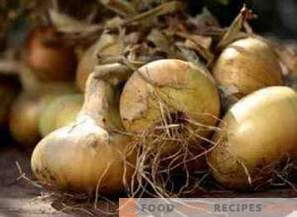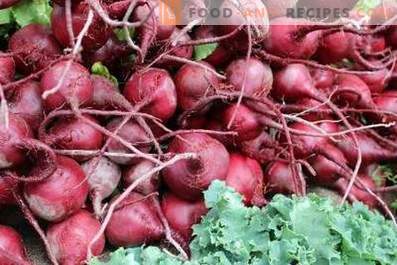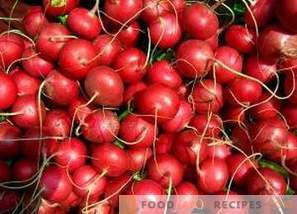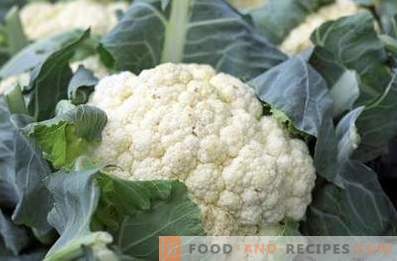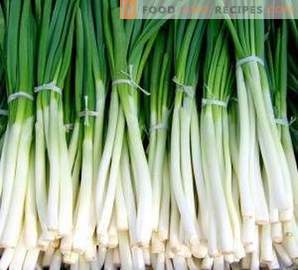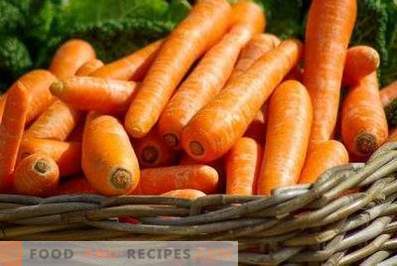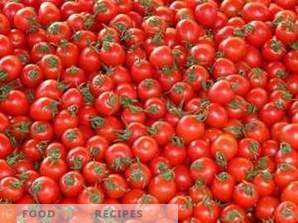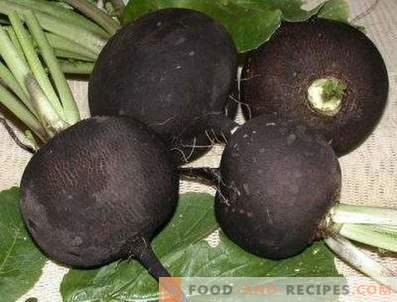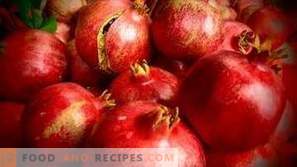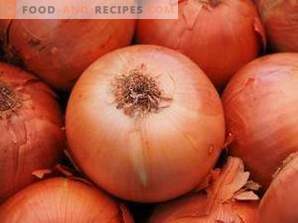
As a vegetable onion has been known since antiquity. It is the main spicy plant in the kitchens of many countries.
In addition to excellent taste, it has healing properties.
Useful properties of onions
- Onions contain vitamins C, B1, B2, PP, as well as folic and pantothenic acid.
- It is rich in potassium, phosphorus, calcium, sodium, magnesium, and iron.
- The bulbs have sugar, fructose and glucose.
- Onions reduce cholesterol in the blood.
- It has a diuretic effect.
- Useful for atherosclerosis and hypertension.
- It is used in the treatment of rheumatism and gout.
- It is used externally for stretching the ligaments, opening the boils, and for strengthening the hair.
- It helps with coughing, runny nose, bronchitis.
- Warts, calluses, freckles are removed with its juice.
- Fresh onions are eaten with hypertension, scurvy. And drink juice with hemorrhoids, gastritis and sore throat.
Onion stocks are desirable to have in every home. But how to keep it so that it does not germinate and do not spoil? To keep the onions dry during storage and not to rot, you need to take care of this beforehand.
Preparation of onions for storage
If self-grown onions are harvested, then you need to harvest in time. Harvesting onions begins when when the tops turned yellow and lay down on the ground. At this time, the drying of the neck of the bulb has already been observed. If the onions are dug ahead of time, then it still has little opaque scales, and the neck is open. It is through it penetrates neck rot, which destroys most of the crop.
During late harvest of onions, dry scales fall off, as well as the growth of roots. Nude bulbs are not subject to storage, as they deteriorate rapidly. The best time for harvesting onions is the beginning of August, when the air temperature contributes to drying. The fact is that the dug onions start to dry right in the field. Onions pull out tops and leave to lie on the ground. In a few days, his scales dry up and fit snugly to the bulbs.
In rainy weather, onions are dried indoors or under a canopy, using flooring made of mesh or other material that is well breathable.
Then cut the tops of the tops of the tops, leaving the neck up to 4 cm long, and sent to storage.
Which onions can be stored
Strong bulbs with a sufficient amount of covering scales and a thin neck are suitable for storage. The bulbs must be whole, unpolluted, equal in size.
If there are several varieties of onions, carry out the sorting. There are sharp varieties of onions, semi-sharp and sweet.
Spicy varieties include the following: Rostov, Mstersky, Balakleevsky, Krasnoyarsky, Arzamas, Bessonovsky. Onions of these varieties are well preserved.
Semi-varieties - Danilovsky, Golden Ball, Kaba, Samarkand Red - are stored worse.
And sweet varieties of onions (Dungansky, Spanish, Yalta) because of the high moisture content have a minimum shelf life, so they are used most often in salads and try not to store.
Onion storage conditions in the basement or storage
Before laying the onion in storage in the room you need to clean: remove debris, clean the floor and shelves, ventilate.
Humidity in the storage should be 70-75%. With increased humidity, the onions begin to germinate, the upper scales are dampened, and the neck is moistened. And this becomes the cause of the development of cervical rot. Onions should not be stored with vegetables that require high humidity, such as potatoes. If the storage is damp, then a container with quicklime is placed next to the onion, which absorbs moisture from the air, thereby improving storage conditions.
The temperature in the storage is set depending on the variety of onions and its purpose. Well dried onions can be stored at 1-2 ° below zero. At this temperature, the onion does not germinate and the disease does not develop in it.
Onions that are going to be planted on seeds, stored at a temperature of 5-6 ° heat. When the temperature is below zero, the onion will not bloom, and at high temperatures it may get sick.
But sometimes the tops of the bulbs are not pruned. It is left to store onions braided in braids. It is beautifully stored at room temperature, without being surprised by neck rot, and does not germinate. The main thing that the room was not high humidity.
To prevent the germination of bulbs, spend liming. For this, good bulbs are pruned at the bottom (roots), and the cut is coated with lime paste. Such a bow is put in boxes and placed in a cool, well-ventilated place. Every 2-3 weeks the onions are sorted, discarding the bulbs that have begun to deteriorate.
Storage containers for onions in the basement or storage
- Onions are kept in wooden boxes with good air access or in cardboard boxes with ventilation holes.
- A large amount of onions is stored in bins, making a mound of not more than 1 m.
- Onion sets (for planting next year) are stored in trays of 10–12 kg each, trays set in a stack of up to 2 m in height.
- Onions can be stored on racks, spreading up to 40 cm thick.
- Kapron stockings or nets are well suited for storing onions.
How to store onions in an apartment
Unlike the basement, where you can maintain a low temperature, the apartment is quite warm. But here you can find a nook for storing onions.
For this purpose, suitable pantry or built-in wardrobe, if it receives a sufficient amount of air.
Containers for storing onions can be small wooden boxes that can be stacked on top of each other, or cardboard boxes with holes on the sides.
Onions are also stored in mesh bags, placed in an upright position, or in small mesh bags suspended from the ceiling.
Onions, braided in braids, is ideal for storage in an apartment. Such garlands of onion, hung on the walls, take up little space and do not spoil the interior of the kitchen.
But from plastic bags should be abandoned, because they bow sweat and dampen.
If the humidity in the room is slightly increased, quicklime, placed in a small container, as well as ash or sawdust can correct the situation.
A good effect for removing excess moisture is when the onion is chalked or stored in onion peel.
But no matter how the onion is kept, it must be periodically picked up in order to remove the onion from the common mass in time and give access to the rest of the onion to fresh air.

